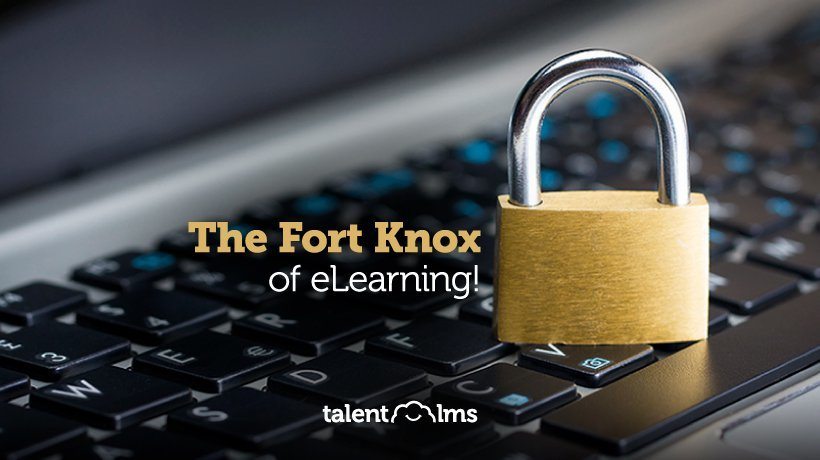Managing Credentials For An Ecosystem Of Platforms
Online accounts work with most of the systems we use. For example, online bank accounts help us access our bank details or carry out transactions. All one needs to do is log on to the online banking portal, using the customer ID and password. In the context of an organization, employees have to access multiple accounts or platforms. For example, leave and attendance management, documents management, project management system, work allocation, billing, and many more. Information security is a critical aspect of any such account or platform. Information security requirements demand that only authorized persons can access accounts. For this, it is necessary to have login credentials. Login credentials are essentially a unique username and password.
Here starts the problem for the average user. Any organization has multiple portals for various purposes. Everyone has to remember all the login credentials for each. To make the situation worse, it is never advisable to write down login credentials to ensure information security. Technology comes to the rescue here again. This technology is known as single sign-on or SSO. SSO is nothing but an authentication mechanism that enables users to access multiple portals, applications, or systems by logging in only once, with a single set of credentials. Hence, its name is single sign-on. It comes as a big relief for the users as they do not have to remember and enter different sets of login credentials for each application. This makes the login process simpler and more convenient, while not compromising information security.
Types Of SSOs
With the advancement in technology, SSO has evolved from simple username and password type credentials. Here are a few common types of SSO:
- E-SSO
It stands for enterprise single sign-on. It is the simplest SSO that works by using a single username and password for all connected portals or applications in an organization. - Web-SSO
This a third-party SSO wherein a proxy server handles the authentication by using tokens that are sent to the registered users. The most common Web-SSO is the OTP or one-time password that we widely use in online payments. - Authentication servers
Commonly known as OAuth, this is a standard that allows users to communicate with an authorization server to receive a token of access which can be used to connect to the intended portal. - Smart card authentication:
This is another popular physical security or authentication device that works on the principle of near-field communication. A single smart card can be used to access multiple access points.
SSO technology essentially utilizes a centralized identity provider (IdP) to authenticate users. SSO makes password security breaches tougher to orchestrate for hackers, by reducing phishing attacks and other common forms of credential theft. Moreover, SSO enables us to add multiple layers of authentication to ensure stronger security. A common example of multistage authentication is receiving an OTP after entering the password in the case of online banking. Organizations can choose a combination of SSO methods to bolster security, as per the business need.
Advantages Of SSO
- User-friendly
Users need to remember only one set of login credentials, thus making life easier. - Security
SSO can greatly improve security by reducing the risk of password-related vulnerabilities, by enforcing strong authentication methods and even combining multiple authentication methods. - Cost-saving
SSO simplifies the management of user credentials, thus reducing the cost in the long run.
Every technology has its shortcomings also. SSO is no exception. Here are a few shortcomings of SSO. SSO is complex to implement and manage, more so for large organizations or distributed systems. SSO relies on a centralized IdP. This can potentially lead to a single point of failure, thus increasing the impact of security breaches. SSO cannot be utilized for areas that are not connected to the internet or systems that are not made compatible.
As expected, SSO has some advantages for the learning industry also. Organizations can enable seamless access to various learning resources from multiple resources. The users don’t have to have a separate login for accessing such content. Moreover, SSO makes it easier to track learning and progress at a single point. SSO is a great technology that helps simplify the authentication process and enhance information security.










